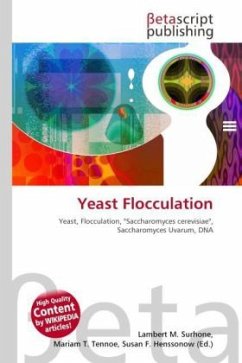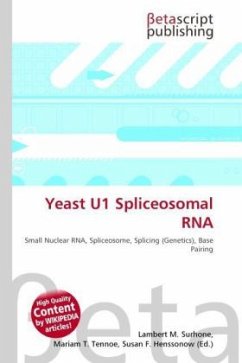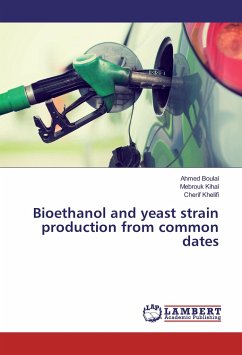High Quality Content by WIKIPEDIA articles! Yeast flocculation typically refers to the clumping together (flocculation) of brewing yeast once the sugar in a beer brew has been fermented into ethyl alcohol. In the case of "top-fermenting" ale yeast (Saccharomyces cerevisiae), the yeast creates a "crust" on the top of the liquid, unlike with "bottom-fermenting" lager yeast (Saccharomyces uvarum) where the yeast falls to the bottom of the brewing vessel. Cell aggregation occurs throughout microbiology, in bacteria, filamentous algae, fungi and yeast (Lewin, 1984; Stratford, 1992). Yeast are capable of forming three aggregates; mating aggregates, for DNA exchange; chain formation, for development and differentiation; and flocs as a survival strategy in adverse conditions (Calleja, 1987). Brewing strains are polyploid so mating aggregates do not occur. Therefore only chain formation and flocculation are of relevance to the brewing industry.
Bitte wählen Sie Ihr Anliegen aus.
Rechnungen
Retourenschein anfordern
Bestellstatus
Storno








